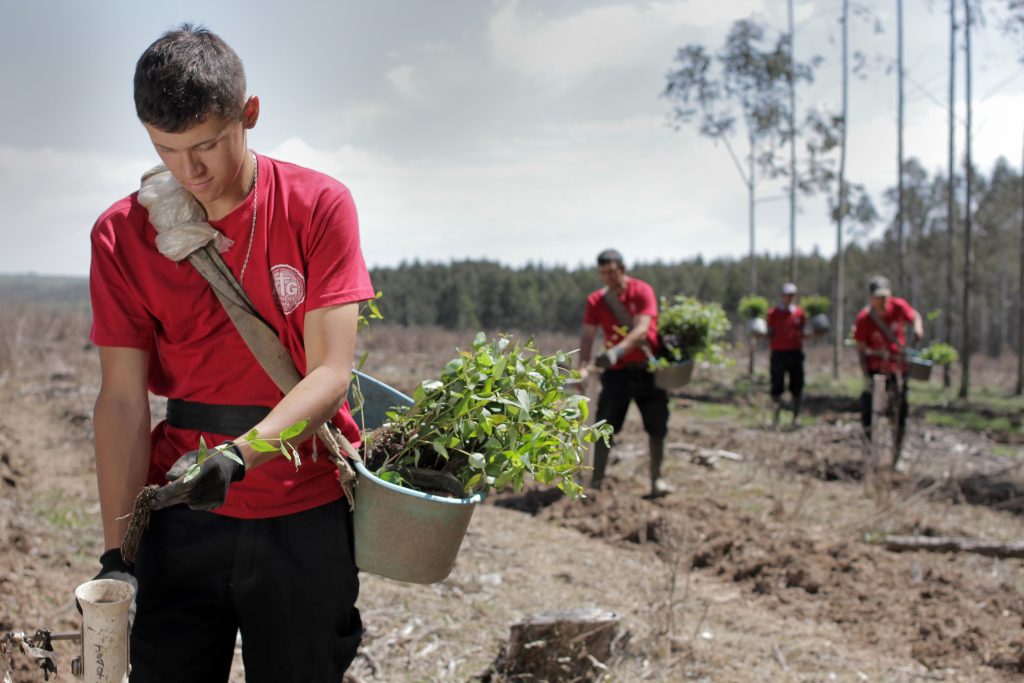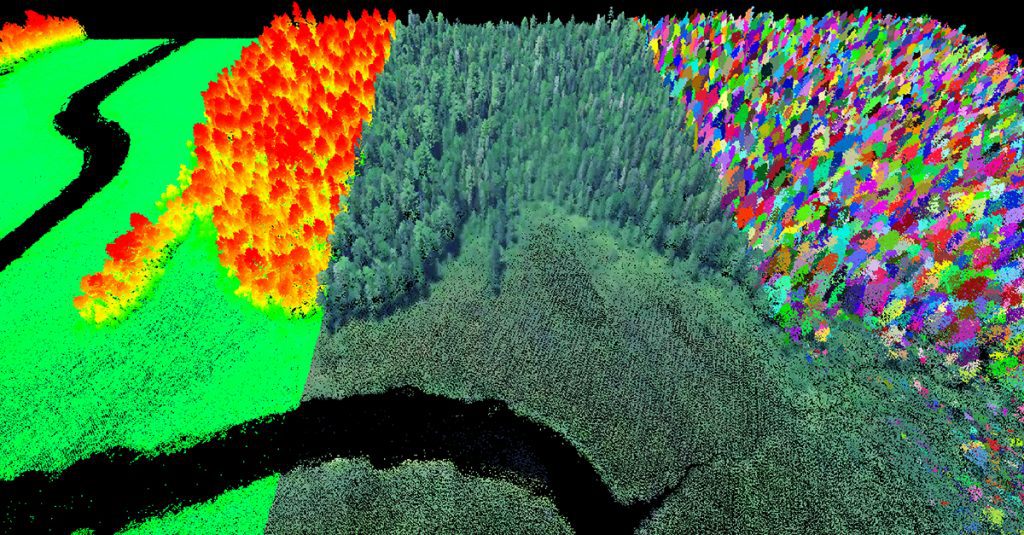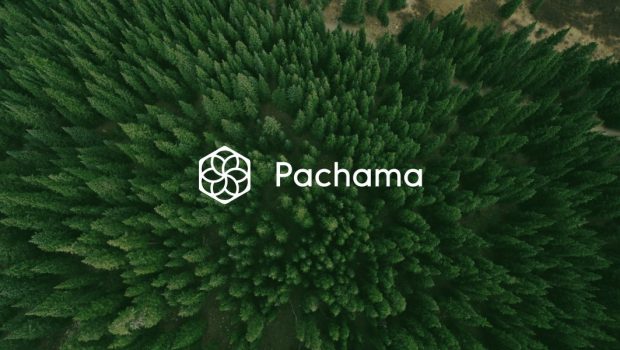Pachama Is Transforming Carbon Crediting With Cutting-Edge Technology
https://www.ispeech.org/text.to.speech
Carbon credit platform Pachama has just launched the second iteration of its Project Evaluation Criteria with the introduction of a dynamic approach to baselines as one of the key points of the update.
The company uses remote sensing and AI to monitor the amount of carbon sequestered and stored by forests to help preserve and restore nature while battling climate change.
Carbon Herald spoke to representatives of Pachama for an in-depth look into how the platform is revolutionizing carbon crediting by providing a more accurate and transparent approach.
Carlos Silva, Remote Sensing Scientist at Pachama: Pachama has been around for about three years now, we had an earlier iteration, as we’ve been developing all the underlying satellite observations, and building up the computing infrastructure to essentially apply a number of checks to existing projects. But we have two core areas that revolve around a satellite perspective: the project baseline and baseline carbon crediting. So that’s where the project submits an estimate of what would have happened in the absence of the project. And the credit issuance is relative to that number.
[There are] a lot of shortcomings and issues in the way baselines are determined today. So we apply a number of both historical checks, as well as our dynamic baseline, depending on the project type, to evaluate whether the baselines that are submitted by projects are reasonable.
How often are updates made and can you explain the process in more detail?
Carlos Silva: Because of the fact that all of this is done in Excel spreadsheets and PDFs, generally when these updates are submitted to a registry to then issue credits, they have been on longer timescales (often upwards of five years). The data we bring to bear is annual at the moment. So we operate on an annual basis, which is much more frequent than what is status quo.
So, if in the event of, for example, a forest fire a project completely burns down, what happens with the carbon credits that were sold for that particular project?
Carlos Silva: At the moment that is handled by the registry, meaning that every project is required to set aside such an insurance pool of issued credits. And so the losses in that fire would have to be balanced by drawing from that insurance pool. There’s a larger question in the long run about whether that insurance pool is large enough to handle [such damage], depending on where the parties are located, fire risks [and so on].
More of the problem, however, at least for Pachama, is really bringing some sort of integrity in the market, as often people weren’t observing these losses, because you had to just be on the ground and have someone report that some places have burned down.
Now we can estimate much better how much burned down in terms of its area and an estimate of the lost carbon that then we can report to the market registry saying: ‘Look, you should be withdrawing from your insurance pool to cover what we observed to be losses for the project.’ [Right now], none of the existing registries have an operational way of observing this from space at large scale, to ensure those insurance withdrawals are being made.

Cait Harding, Senior Director of Marketing at Pachama: It’s important when you have a large company that’s selecting a great project, that they understand all of the fire risk associated with that project as well. And that is part of our evaluation criteria, which really serves to educate and inform the buyers on all of the critical components in deciding whether or not to invest in these projects. Fire risk is one of those pieces, along with a variety of other checks.
Carlos Silva: So at the end of the day, a carbon credit must represent a net reduction in carbon emissions to the atmosphere or a net removal of carbon from the atmosphere. The pillars here are a variety of quality checks to ensure that that fundamental proposition is true. And so the first step around accuracy is, again, for example with a baseline carbon. Are the quantities that you’re estimating to determine issuance well-estimated and well-quantified? Both in terms of carbon losses within a project over time, and then the baseline.
Then there’s additionality: there’s no change in status quo if you’re paying someone to already do something that they’ve been doing in the past. So if someone’s already started conserving the forest area 10-20 years ago, and then you give them a credit, you’re not actually going to be compensating for the buyer’s emissions. Hence, the dynamic baseline is really the approach designed to ensure additionality.
Relevant: Forest Carbon Monitoring Platform Pachama Raises $55M In Series B Round
Cait Harding: But what’s really unique about what Pachama is doing is implementing technology to provide more transparency and integrity into these measurements. By using technology in a variety of these checks, we’re able to surface those insights to the buyers in ways that have never been done before.
Guy Pinjuv, PhD, Director of Forest Science and Policy at Pachama: Traditionally, you would send people like me to go wrap tape measures around trees and measure tree heights and that sort of thing. But we don’t have to do that now, because we can use remotely sensed data, we can use LIDAR, we can use Cloud penetrating radar, and look at land use change over time. And so that’s where we can say, this is a new tool that I didn’t have, in all these project reviews, and I can’t say how much I wish I had it.
What Pachama has now with this new tool is we can look at the entire project area the size of a US state and say, here’s what we think the carbon stock is, here’s the deforestation that we see occurring.

Cait Harding: We are evaluating many of the projects that exist on registries today. Right now, after these projects have gone through this long process to ultimately be able to issue credits, we are evaluating them after the fact. And what we’re finding is that there are many projects out there that are delivering real climate community benefits, but perhaps the exact amount of carbon isn’t properly calculated. So what we’d like to do is actually use that technology earlier, and work with partners very early on to determine proper estimates, and ultimately accelerate the time over which projects can come to market. And that will bring much more supply onto the market.
There’s a lot of demand for high quality carbon credits and relatively small supply. So what we are looking to do is use the technology, working directly with people who’ve been starting these projects for the past two, three decades working directly with the communities to ensure that we are properly calculating the amount of carbon that’s being sequestered in these projects.
Guy Pinjuv: So this idea of a dynamic baseline and the ability to quantify it is brand new. We had some of these tools 15 years ago, but we couldn’t do so many iterations so quickly. Right now, we’re filtering projects and seeing which ones we think look reasonable. But we’re working directly with Verra and other registries to write new methodologies that include these baselines.
Read more: Verra Bans Tokenized Carbon Credits, Toucan Approves








Gloss